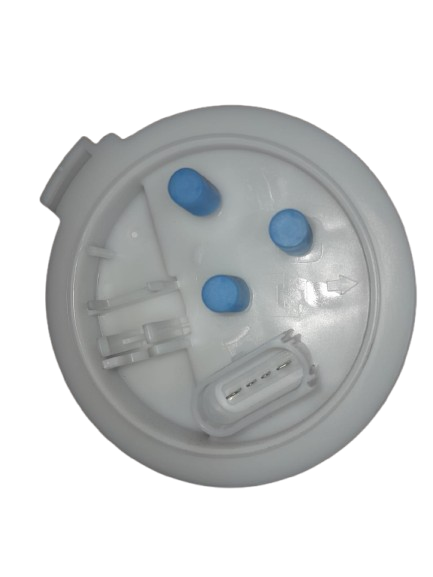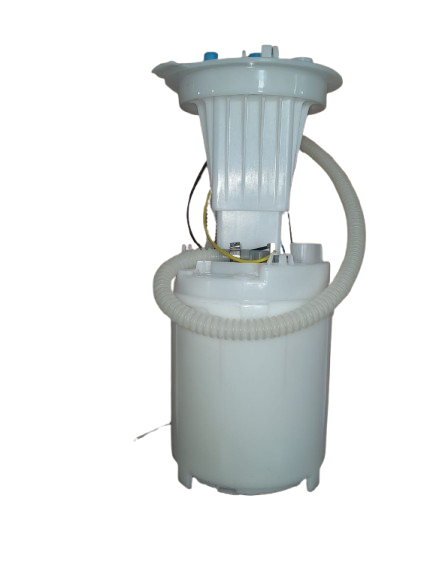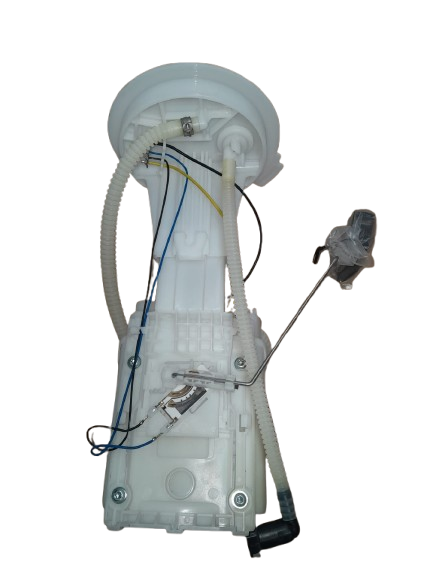


Overview
The fuel pump is a critical component in the Audi A4 1.8’s fuel delivery system, ensuring that gasoline is transported efficiently from the fuel tank to the engine. The Audi A4 1.8, commonly found with turbocharged inline-4 engines, relies on a high-performance fuel pump to maintain optimal engine performance, fuel efficiency, and emission standards. This component is especially important in turbocharged engines, where precise fuel pressure and delivery are necessary for proper combustion.
Function and Operation
The fuel pump in the Audi A4 1.8 operates electrically and is usually mounted inside the fuel tank (in-tank pump). It draws fuel from the tank and pushes it through the fuel lines, passing through the fuel filter before reaching the fuel injectors. The pump maintains consistent pressure within the system, which is typically regulated around 3.5 to 4.0 bar (50-60 psi), depending on the specific model year and engine variant.
When the ignition is turned on, the pump is activated briefly to pressurize the system. During engine operation, the pump continues to run, controlled by the engine control unit (ECU), which adjusts the fuel delivery based on engine load, RPM, and sensor feedback.
Types and Compatibility
The Audi A4 1.8 fuel pump can vary slightly depending on the production year (e.g., B5, B6, B7 generations), but most aftermarket and OEM replacements are designed to match exact factory specifications. High-performance or upgraded fuel pumps are also available for those modifying their A4 for higher horsepower applications, ensuring sufficient fuel delivery under boost.
Symptoms of a Failing Fuel Pump
A failing fuel pump can lead to several performance issues, including:
- Difficulty starting the engine
- Loss of power under acceleration
- Engine misfires or stalling
- Unusual whining noise from the rear of the car
- Poor fuel economy
Replacement and Maintenance
Replacing a fuel pump in the Audi A4 1.8 typically involves removing the rear seat to access the pump through the service hatch. It’s recommended to replace the fuel filter at the same time to avoid contaminating the new pump. Use only OEM or high-quality aftermarket parts for reliability and longevity.
